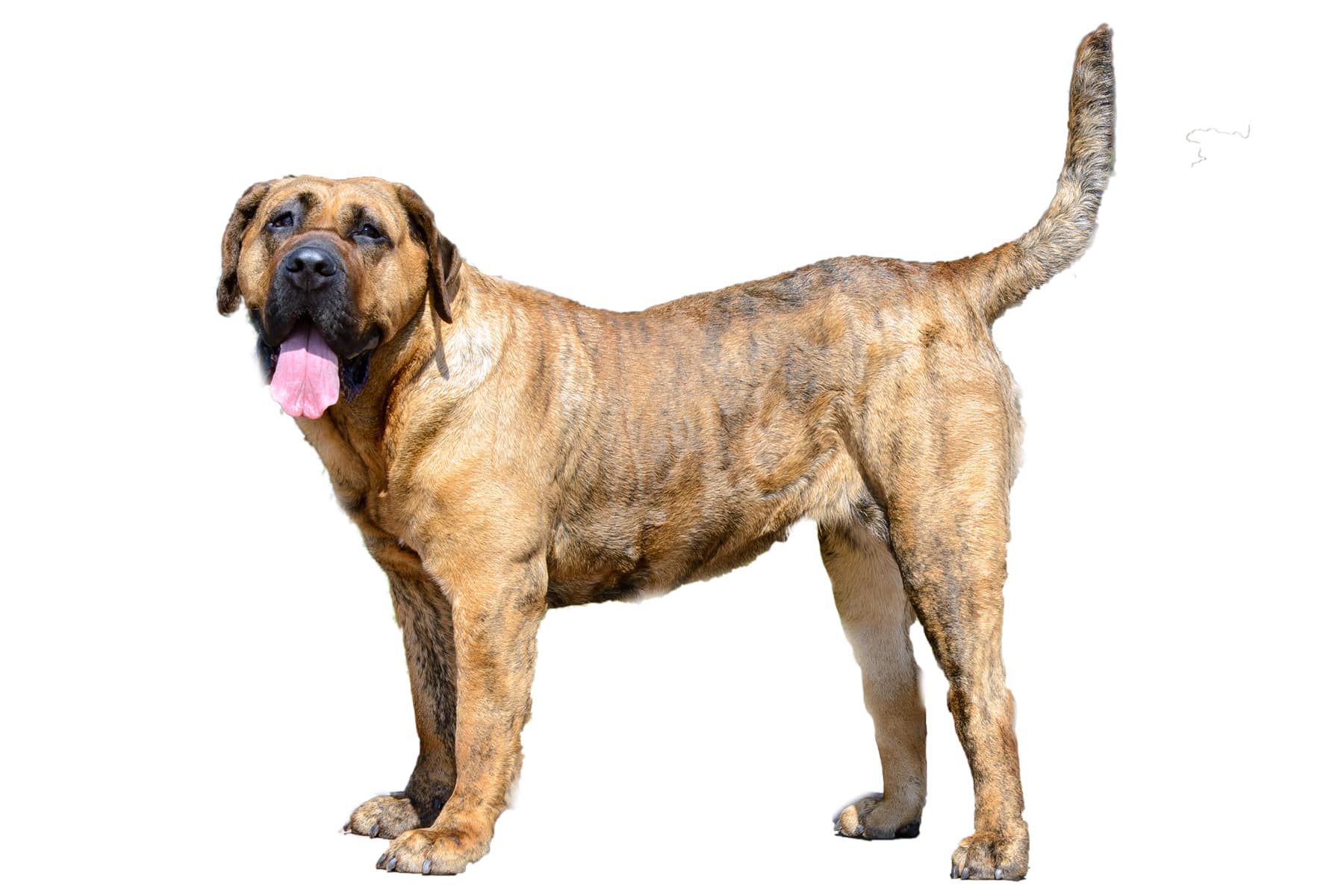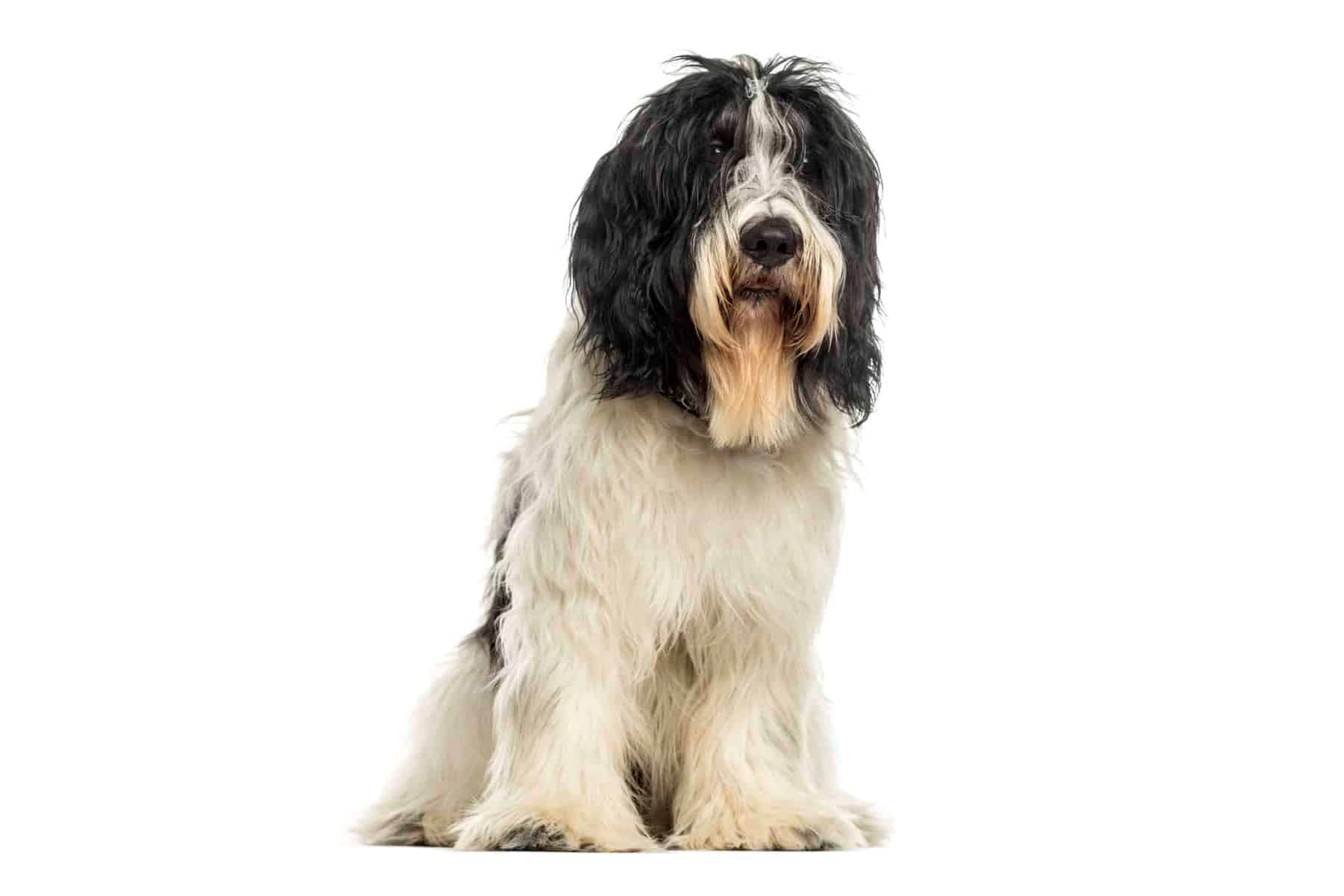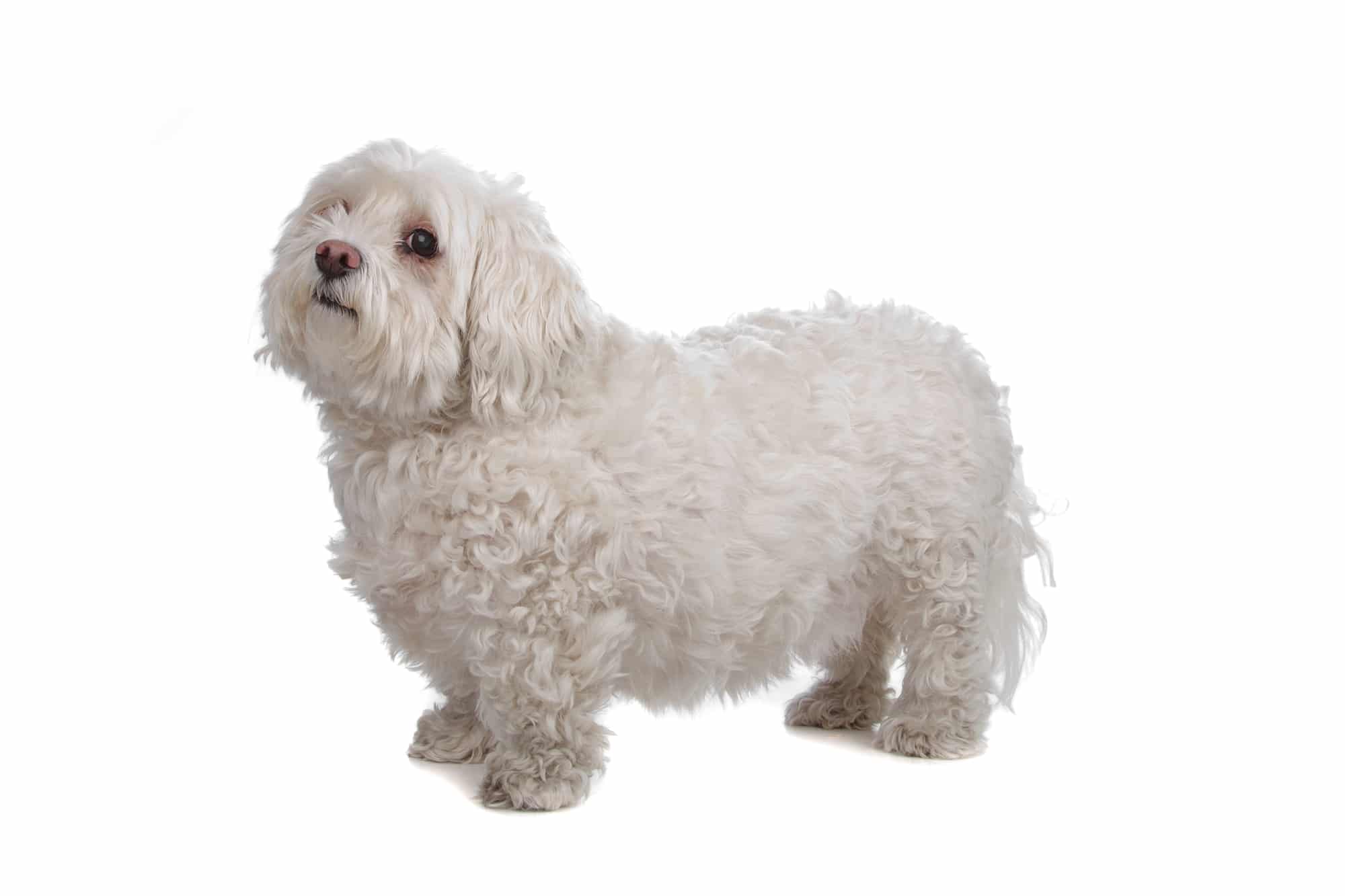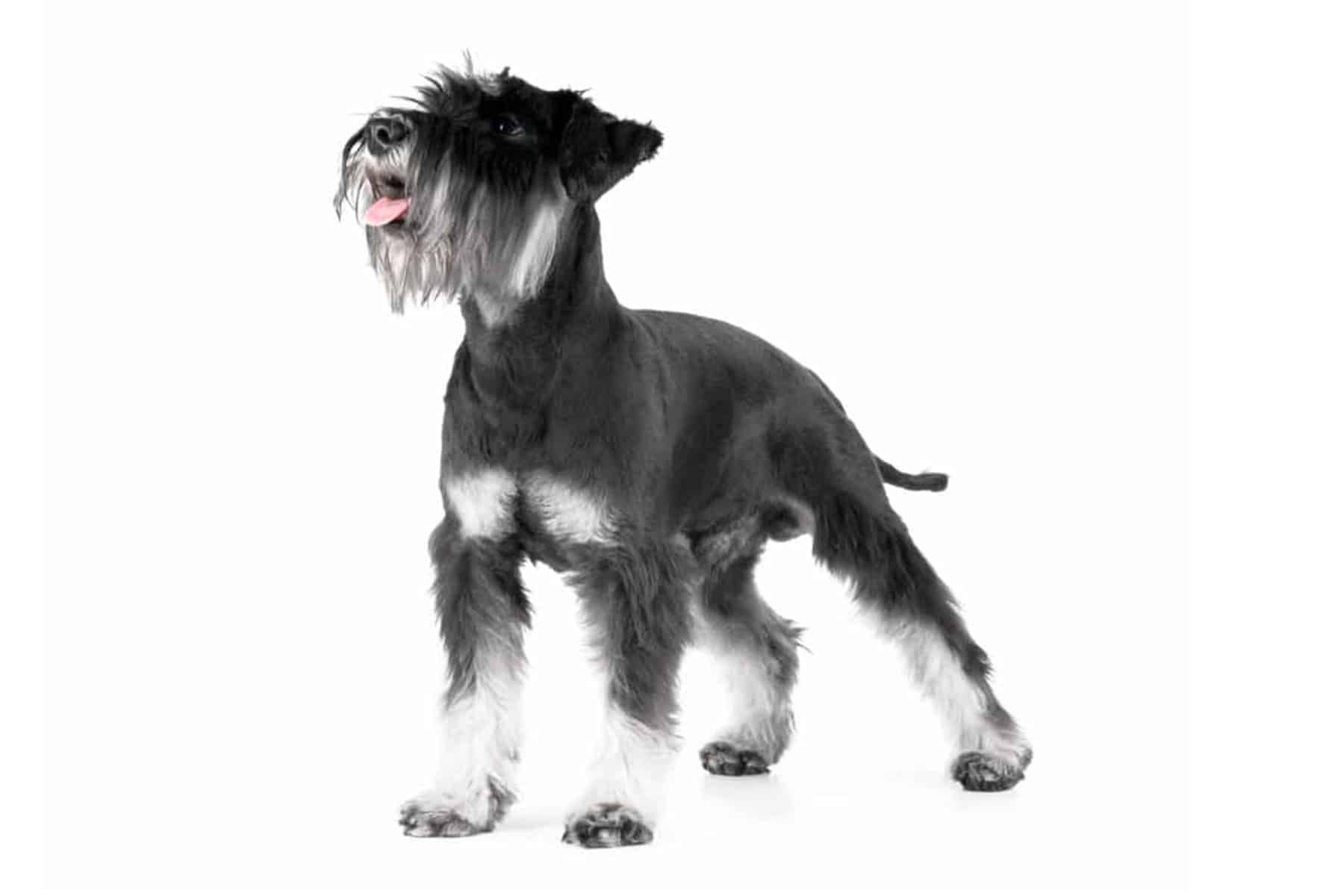Bracco Italiano
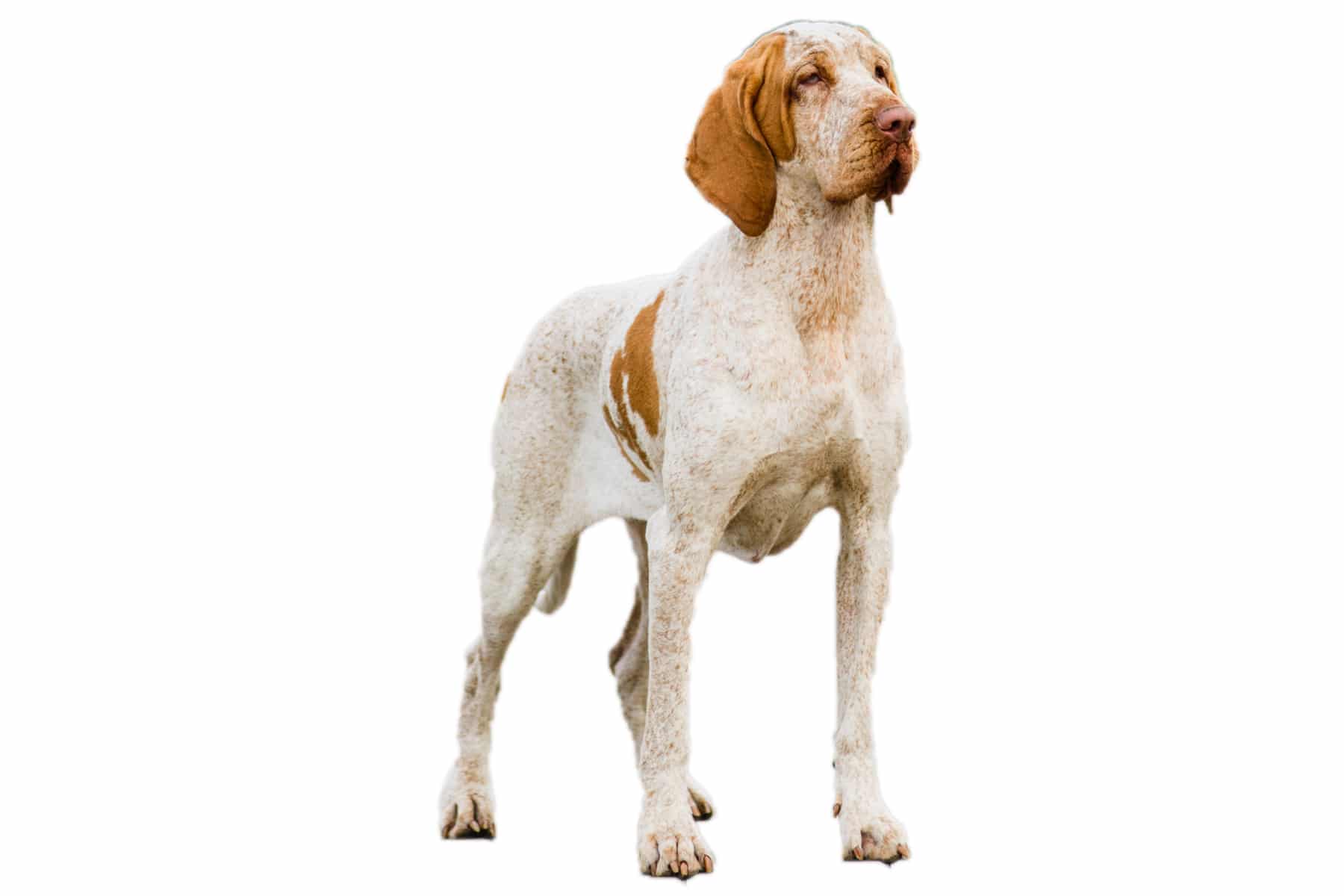
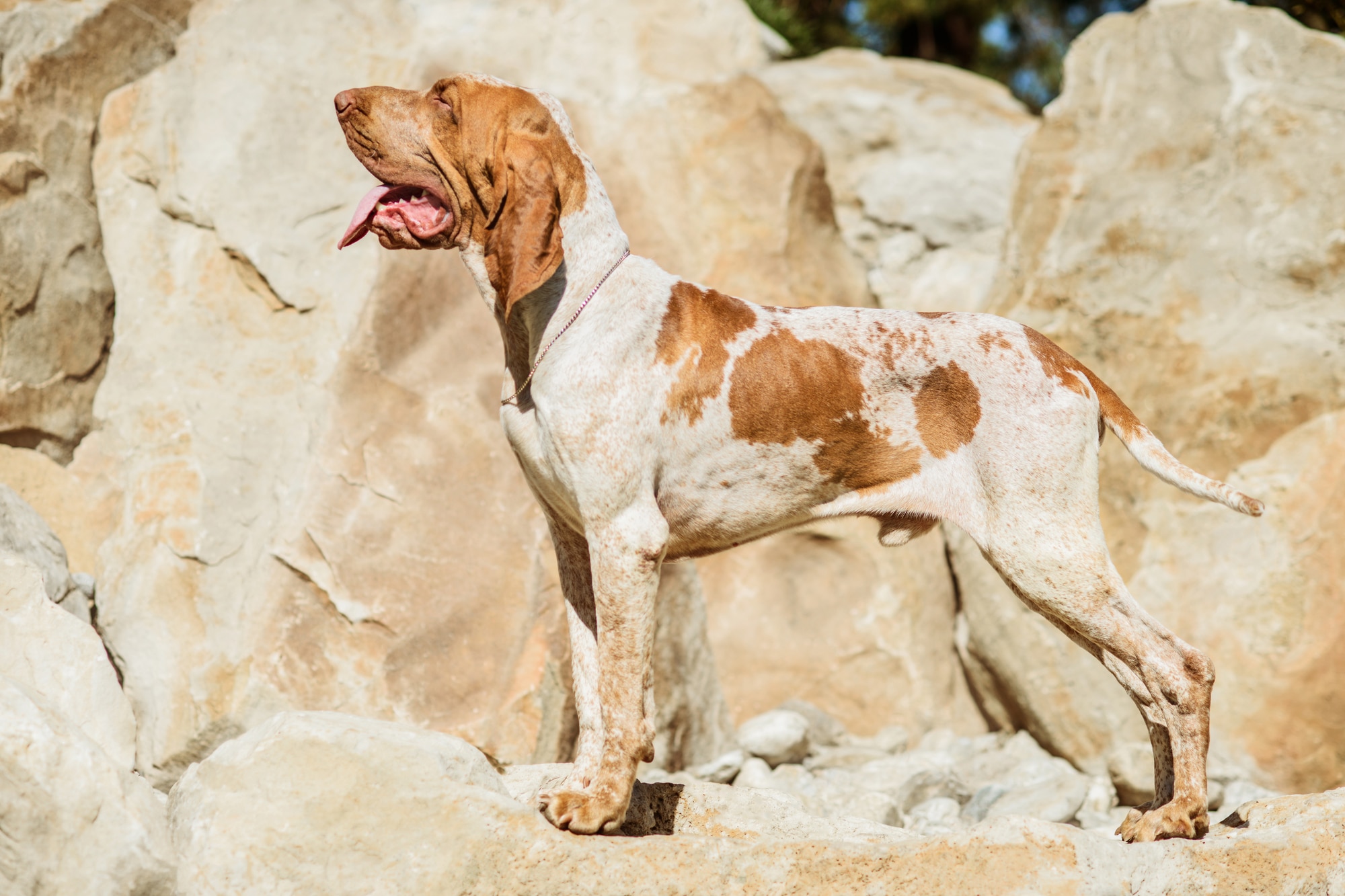
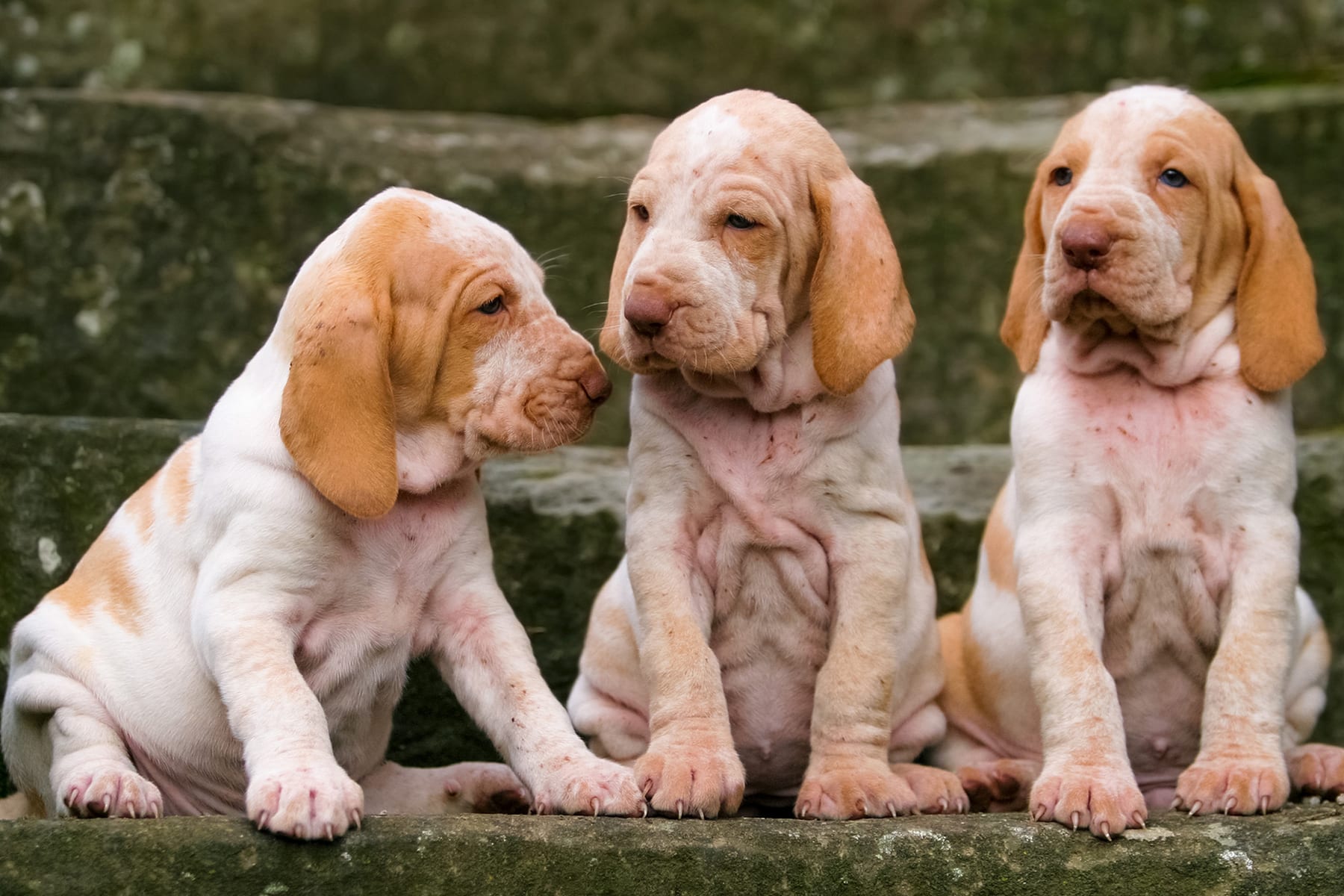
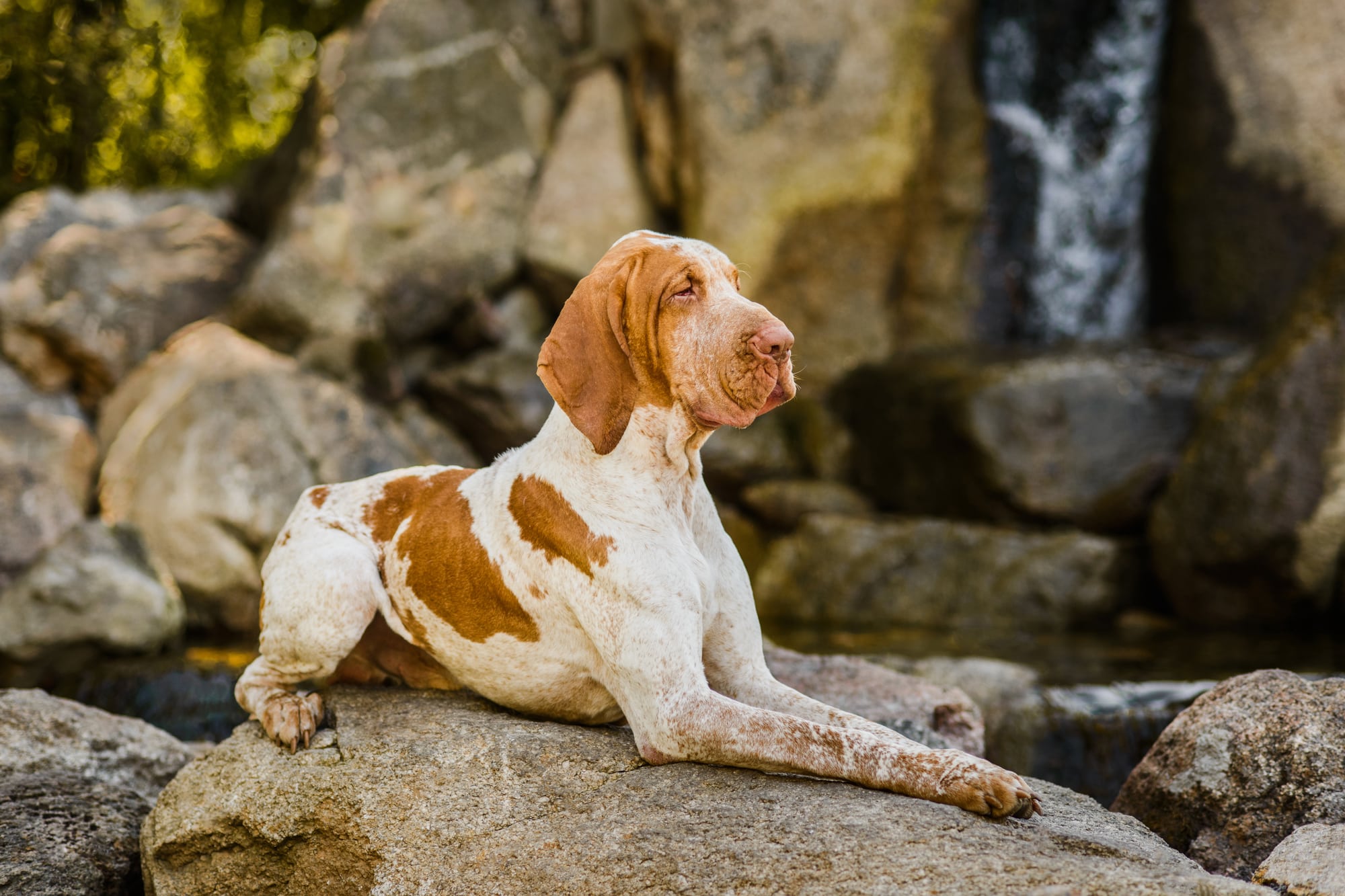
Temperament:
Although the Bracco Italiano is a dog breed with a long history, it is still relatively unknown in Germany. But that is changing. The aristocratic hunting dog, which radiates a deep serenity, is also becoming increasingly popular here.
Characteristics
The Bracco Italiano is, as the name suggests, an Italian dog breed. It belongs to FCI Group 7, the pointing dogs. You can tell at first glance that the Bracco is a sporty type. Its muscular body can grow up to 67 centimetres high and weigh up to 40 kilograms. As with other dog breeds, the females are often somewhat more petite than the males.
The Bracco Italiano is an excellent hunting dog. Its specialty was and is bird hunting. The coat of the Bracco is short, dense and silky. The Bracco Italiano is available in the color variations white, white with orange speckles or white with more or less large orange or brown spots. The head with the long floppy ears is often adorned with a mask. However, the mask is not obligatory.
The sporty Bracco Italiano is still used for hunting today. But he also loves all other dog sports. Pointing, the sudden freezing of every movement, is in his blood. This can often be observed in puppies from an early age. The Bracco is a balanced, sensitive and calm dog. It is well suited as a family dog. However, if you do not want to keep him as a hunting dog, it is important to give him sufficient physical and mental exercise.
Coat care:
Shedding:
Energy level:
Trainability:
Children suitable:
The right food
The Bracco Italiano is a large, strong dog with a good appetite. A lot is demanded of him as a hunting dog. A diet rich in vitamins and minerals is a basic requirement for them to perform as well as they should.
Therefore, when choosing food, make sure it contains balanced and high-quality ingredients. Follow the manufacturer's recommendations for the feeding quantity.
Puppies should be given several meals a day, gradually reduced to two meals a day until they are fully grown.
You can also give your dog treats as a reward for training. These should be deducted from the meals.
Health & Care
The Bracco Italiano's short, dense coat requires little grooming. Once a week, the dog should be massaged with a grooming glove. This is not only good for him, but also helps to remove dead hair from his coat.
As with all dogs with floppy ears, it is important to clean the ears of this breed regularly and check for inflammation. The same applies to the eyes.
The claws must be trimmed regularly if they do not wear off by themselves.
Suitable accessories
Apart from the basic equipment, not many accessories are needed to keep the Bracco. The basic equipment includes a lead, a collar, a dog cushion or basket and a food bowl.
A massage glove is practical for grooming.
The Bracco Italiano loves to fetch. Appropriate dog toys can therefore be purchased. If necessary, a stick will also do.
As the Bracco Italiano likes to be out and about in nature, you should regularly check him for ticks and have tick tweezers to hand in case of an emergency.
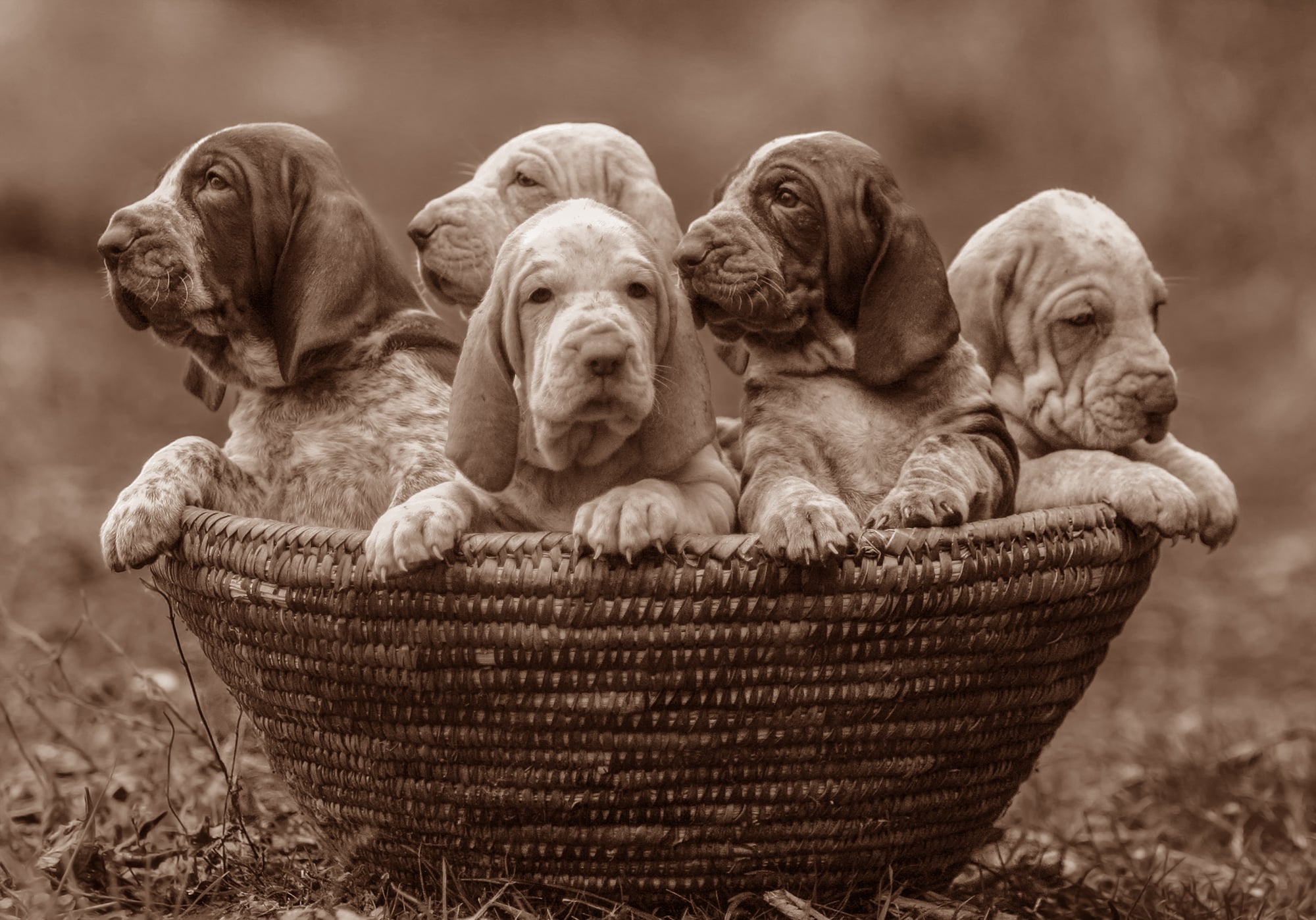
Origin & History
The roots of the Bracco Italiano go back to the 5th century BC. The dog originally comes from Italy. There it originated from a cross between the Molosser and the Arabian-African greyhound. Originally, the Bracco Italiano was bred for bird hunting and often went hunting with falconers. Later, it was also used for shotgun hunting.
In the 14th century, the famous Italian princely family of the Medici was involved in its breeding. At that time, there were two varieties of the Bracco Italiano: the Bracco Lombardo (chestnut-brown markings) and the Bracco Piemontese (orange markings).
There has been an official breeding association since the 1930s. The breed almost died out during the Second World War, but was fortunately saved. Today there are around 100 animals living in Germany, and the trend is rising!
